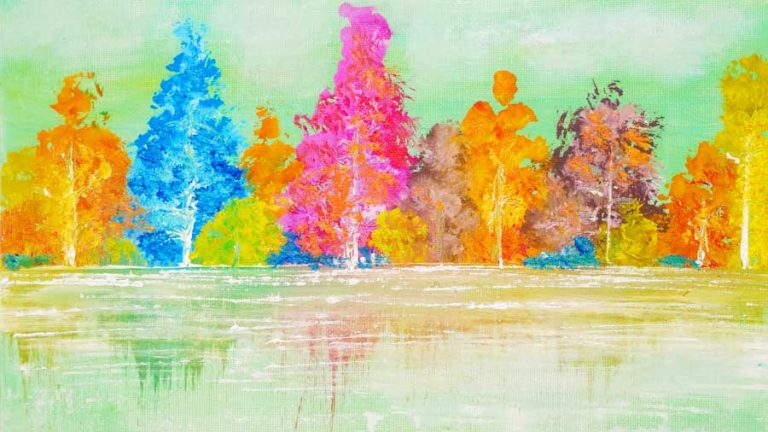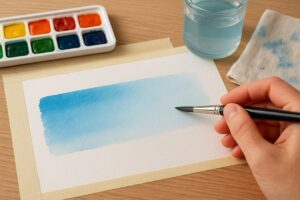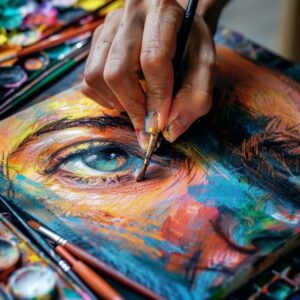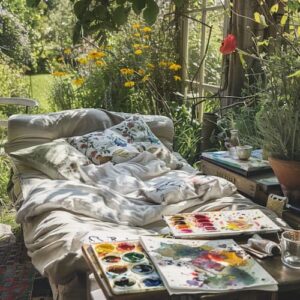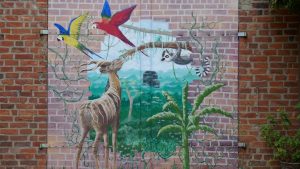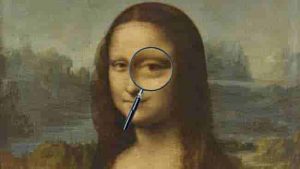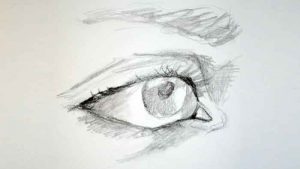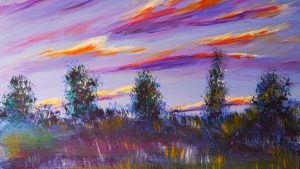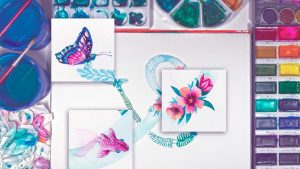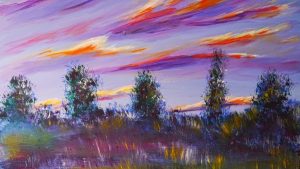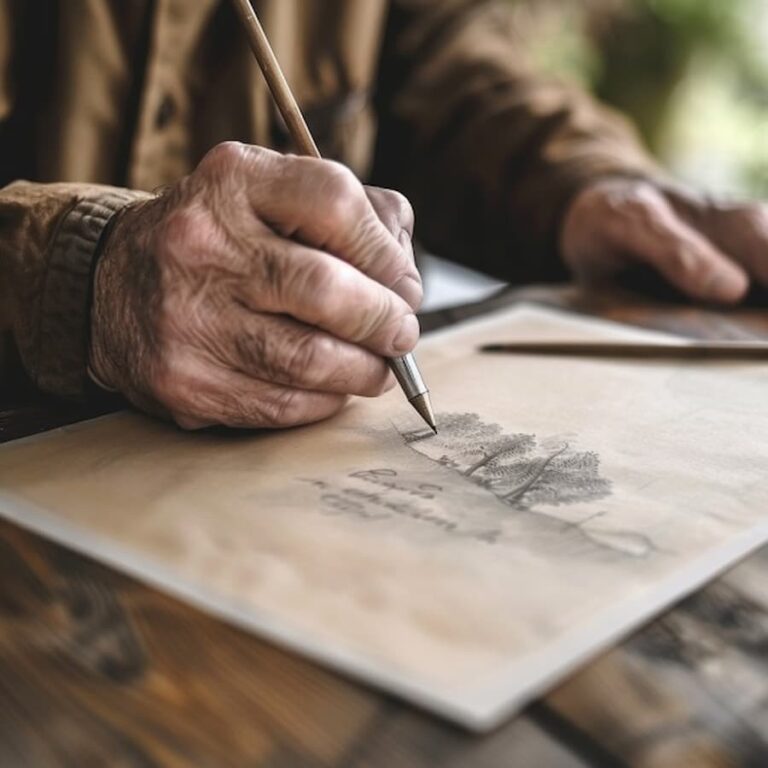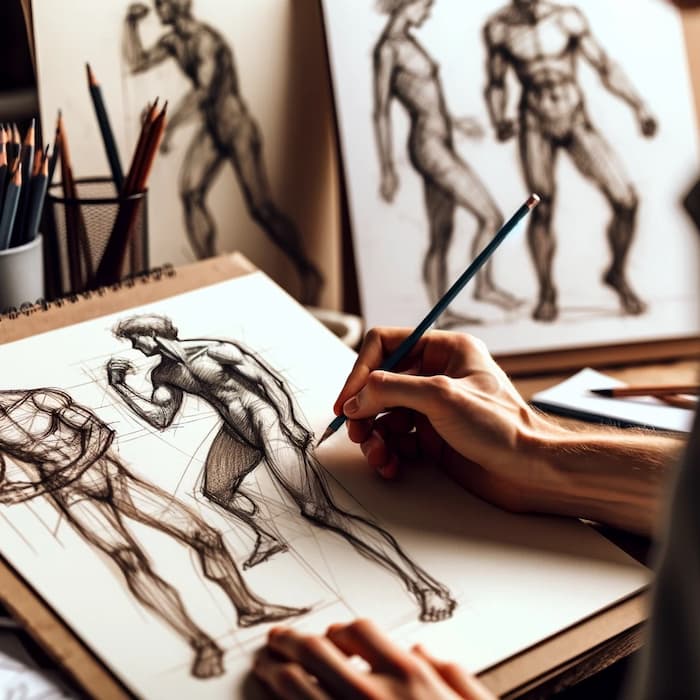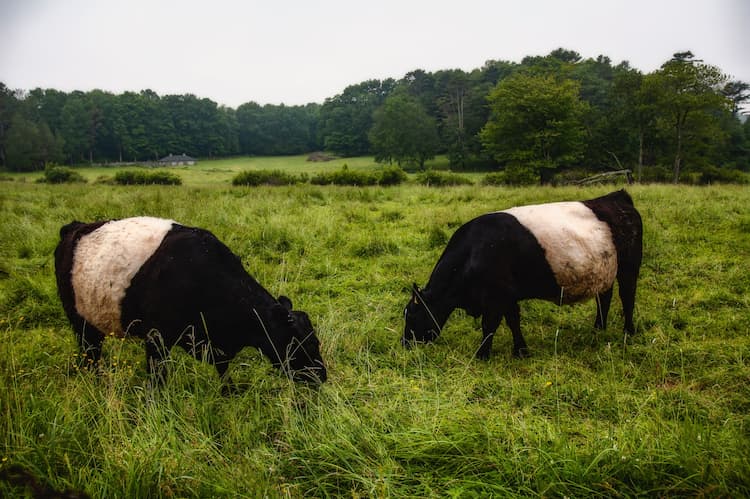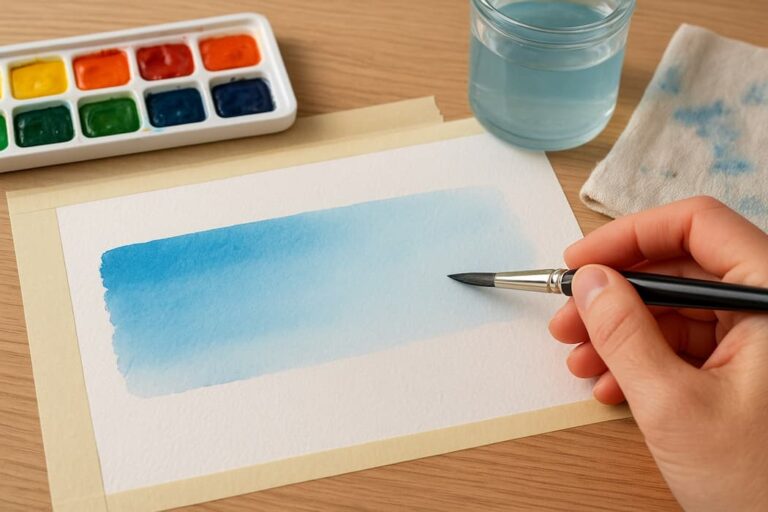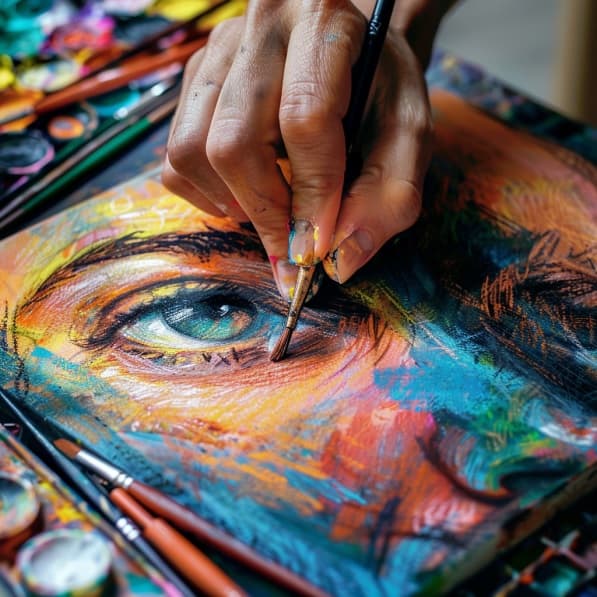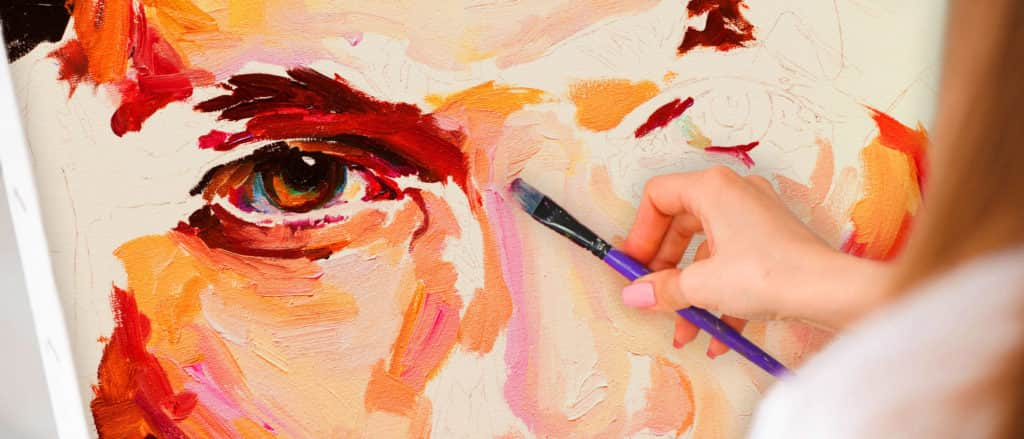Hello, Artenauta! Today we will talk about two very simple techniques: Pointillism and brushing. Both are valuable in certain cases to combine with others in our paintings, although there are artists who have used them predominantly and are able to create spectacular works taking all the juice and gesture to these resources.
What are the techniques of pointillism and brushing with oil paint?
The pointillism technique uses the stamping of dots more or less ordered, more or less heterogeneous or homogeneous and larger or smaller to achieve an effect with small pints that from a distance can emulate a set of elements, for example.
The brushing technique drags the paint, diluting the intensity of the color, in different directions that provoke a gesture reminiscent of movement, such as the effect of reflections in water.
What materials do I need for pointillism and brushing?
- Oil painting.
- Essence of turpentine or medium.
- Old or damaged, open brushes.
- Old toothbrush.
- Plastic card or spatula.
- Canvas, oilcloth or oil paper.
What's not to lose sight of in pointillism and brushing?
As always, the cleanliness of the color. We will work tone by tone, cleaning the utensils with paper or a wipe, as much as possible when changing colors.
Pointillism and brushwork are antagonistic in one aspect: gesture. In pointillism we will only stamp and we will not move the tool around the support moving the paint. That is where success lies.
In brushing, a quick and accurate gesture, dragging the paint, in a not very repetitive way, will be decisive to achieve an interesting and not very common effect.
What difficulties might I encounter with the techniques of pointillism and brushing?
The difficulties that we could find in pointillism are usually given by the homogeneity and monotony of the points.
If we use a damaged and open brush, we will have to turn it and incline it in different ways and apply with varied touches in pressure and intensity in each stamping. In this way, combining dark and light tones, we will achieve a more natural look.
As for brushing, if we insist too much, especially on a layer of paint that has not yet dried completely, we run the risk of smearing everything and that the color ends up becoming a brown or gray stain. To avoid this, clean, quick and not very insistent gestures should be made in one direction only.
You can see an example of how we apply this technique in the following video:
If you want to learn this and other techniques to apply them with mastery to your paintings and find your own way of painting that will distinguish you as a unique artist, be sure to visit our Online Oil Painting Course in this course you will find a world of knowledge about painting and drawing much more complete than you can imagine.
Join our Artenautas community!

